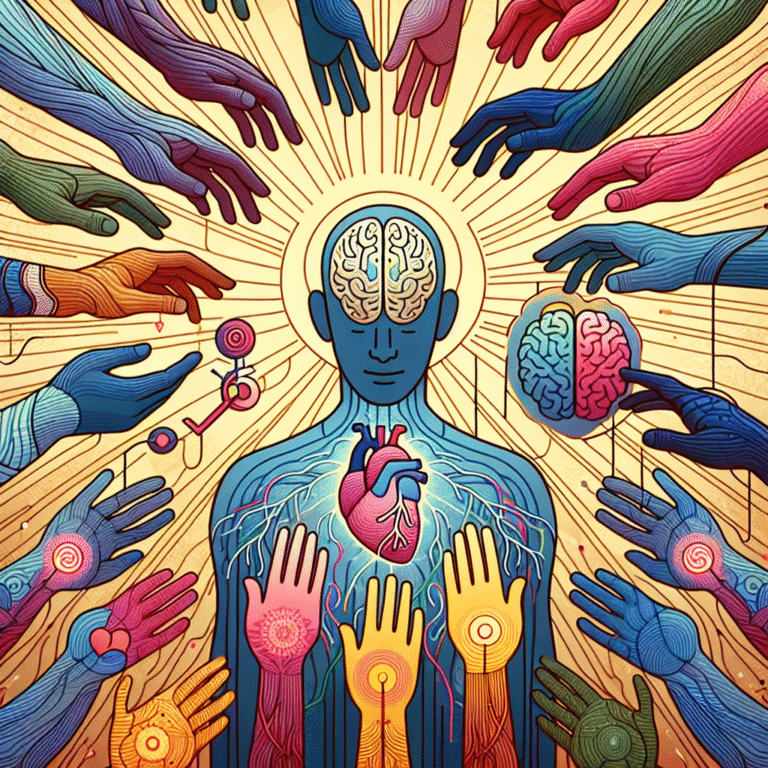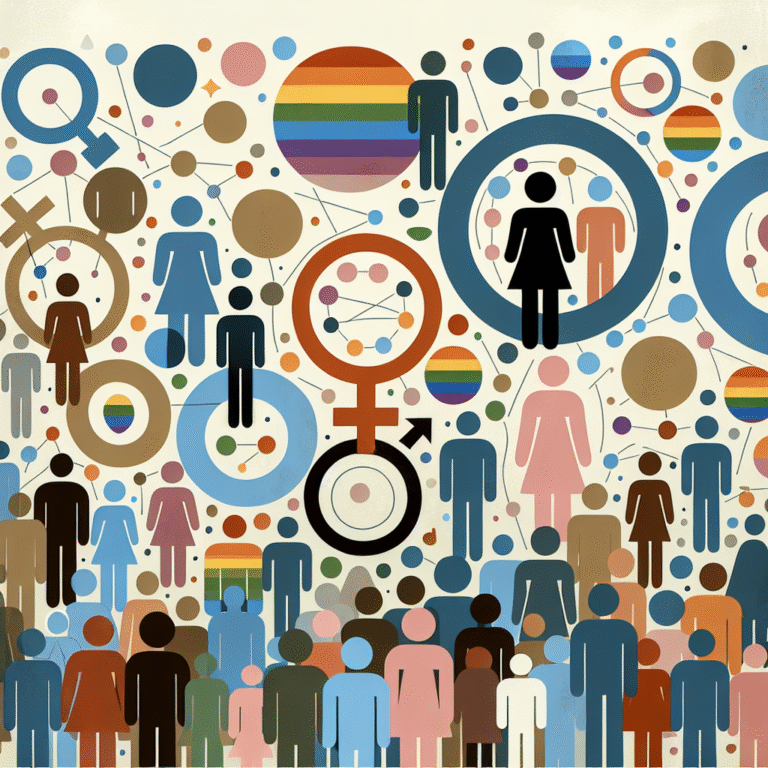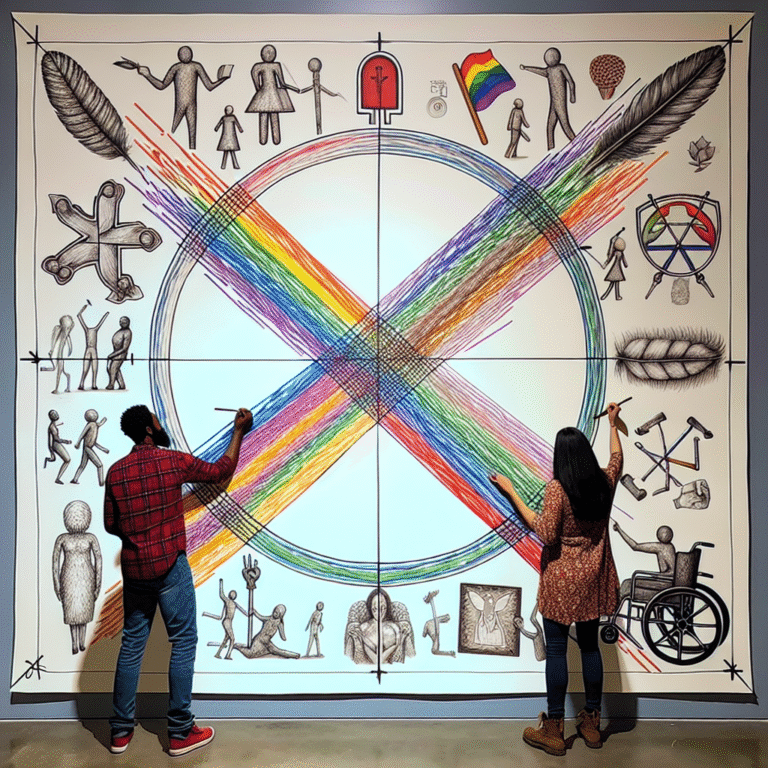
Introduction
In today’s ever-evolving social landscape, the conversation surrounding femininity has taken on new dimensions, particularly within the framework of empowerment. “Femininity in the Age of Empowerment: Balancing Strength and Sensitivity” highlights an essential dialogue for women navigating personal and professional landscapes. At the heart of this discourse is the idea that strength does not negate sensitivity; rather, both can coexist to create powerful, multifaceted identities.
This article delves into how women can embrace their femininity while asserting strength and vulnerability, reshaping societal perceptions and enhancing personal well-being and influence.
Understanding Femininity in the Context of Empowerment
The Historical Perspective
To grasp the complexities of femininity today, we must first understand historical perceptions. Traditionally, femininity was often associated with qualities like gentleness, nurturance, and submissiveness. However, empowerment movements have shifted these outdated notions, allowing femininity to encompass a broader spectrum that includes power, resilience, and independence.
Table 1: Historical vs. Contemporary Perceptions of Femininity
| Aspect | Historical Perception | Contemporary Perspective |
|---|---|---|
| Strength | Often overlooked | Valued as a core trait |
| Sensitivity | Seen as weakness | Recognized as a strength in leadership |
| Roles | Domestic and submissive | Diverse roles in various sectors |
Modern Feminist Movements
Modern feminist movements have played a pivotal role in redefining femininity. Terms like "girl power" and #MeToo have brought awareness to the importance of women’s strength. Women are increasingly viewed as change-makers, capable of both tough decisions and empathetic leadership.
Balancing Strength and Sensitivity
Redefining Strength
Strength in femininity doesn’t always manifest as being assertive or aggressive. It can be resilient, compassionate, and intuitive. Prominent figures, such as Malala Yousafzai and Oprah Winfrey, exemplify this balance of strength and sensitivity.
Case Study: Malala Yousafzai
Malala, a Pakistani activist for female education, showcases how vulnerability and strength can coexist. Despite facing life-threatening challenges, her commitment to advocacy exemplifies resilience.
- Relevance: Malala’s journey teaches that vulnerability can motivate systemic change, amplifying women’s voices worldwide.
Embracing Sensitivity as a Strategy
In business and leadership, sensitivity can lead to better decision-making and conflict resolution. Women who balance emotional intelligence with professional acumen often find greater networking opportunities and collaborative successes.
Case Study: Indra Nooyi
Indra Nooyi, former CEO of PepsiCo, emphasized the importance of empathy and emotional intelligence in her leadership style. Her approach not only fostered innovation but also cultivated a supportive work environment.
- Relevance: Nooyi’s blend of sensitivity and strategic thinking reveals the potential of compassionate leadership in achieving organizational goals.
Real-World Applications of Femininity in Empowerment
Navigating Professional Environments
Women today have the opportunity to reclaim their narrative within workplaces. By embracing femininity in the Age of Empowerment, women can cultivate inclusive and empowering environments.
Collaborative Leadership Styles
Leveraging diverse leadership styles that incorporate both strength and sensitivity encourages a more dynamic workplace culture. Companies that promote diversity see not only improved employee satisfaction but also increased profitability.
Chart 1: Benefits of Diverse Leadership Styles in Business
| Benefit | Impact |
|---|---|
| Improved employee morale | 20% increase in productivity |
| Better decision-making | 30% increase in innovative solutions |
| Enhanced company reputation | 25% more customer loyalty |
The Role of Personal Development
Empowerment is not solely about external actions; it also involves internal growth. Programs that focus on personal development, such as workshops that incorporate mindfulness, resilience training, and emotional intelligence, are essential for fostering this balance.
Practical Strategies for Balancing Femininity
Cultivating Emotional Intelligence
- Practice Self-Reflection: Regularly assess your emotional responses to different situations.
- Active Listening: Engage fully in conversations to understand others’ perspectives.
- Mindfulness Techniques: Utilize meditation or mindful breathing to maintain composure and clarity.
Assertiveness Training
- Set Boundaries: Learn to communicate your needs clearly and confidently.
- Role-Playing Scenarios: Practice asserting yourself in various professional and social situations.
- Seek Feedback: Engage trusted peers to provide constructive feedback on your communication styles.
Building Support Networks
- Mentorship Programs: Seek connections with influential women who can provide guidance.
- Networking Events: Attend gatherings that focus on women’s empowerment and professional growth.
- Online Communities: Join forums or groups that promote shared experiences and encouragement.
Conclusion
The journey of redefining femininity in the Age of Empowerment is ongoing, characterized by a beautiful interplay of strength and sensitivity. Women today have the unique opportunity to embrace their multifaceted identities, showcasing that sensitivity is not a weakness, but a potent strength that can enhance their leadership and impact.
As we move forward, it’s essential to continue fostering spaces where these qualities can thrive simultaneously. By encouraging open conversations and supporting one another, we can help reshape societal narratives, allowing femininity to be celebrated in all its forms.
FAQs
1. What does it mean to be feminine today?
Being feminine today means embracing a range of qualities, from strength and resilience to sensitivity and empathy, allowing women to showcase their multifaceted identities.
2. How can I balance strength and vulnerability in my personal life?
By practicing self-reflection and mindfulness, setting boundaries, and sharing your feelings with trusted friends or family can help you create a healthy balance between strength and vulnerability.
3. What are some examples of strong women who embody this balance?
Figures like Malala Yousafzai and Indra Nooyi exemplify women who balance strength and sensitivity effectively, using their platform to inspire others.
4. Is sensitivity viewed as a weakness in the workplace?
No, sensitivity is increasingly recognized as a strength in workplaces that value emotional intelligence, collaboration, and inclusive leadership.
5. How can organizations support women in achieving this balance?
Organizations can support this balance by promoting diversity training, offering mentorship programs, and creating an inclusive workplace culture that values both emotional and strategic strengths.
By understanding and embracing "Femininity in the Age of Empowerment: Balancing Strength and Sensitivity," we can all work towards a future that honors the richness and complexity of women’s experiences, ultimately leading to a more equitable and empowered society.














